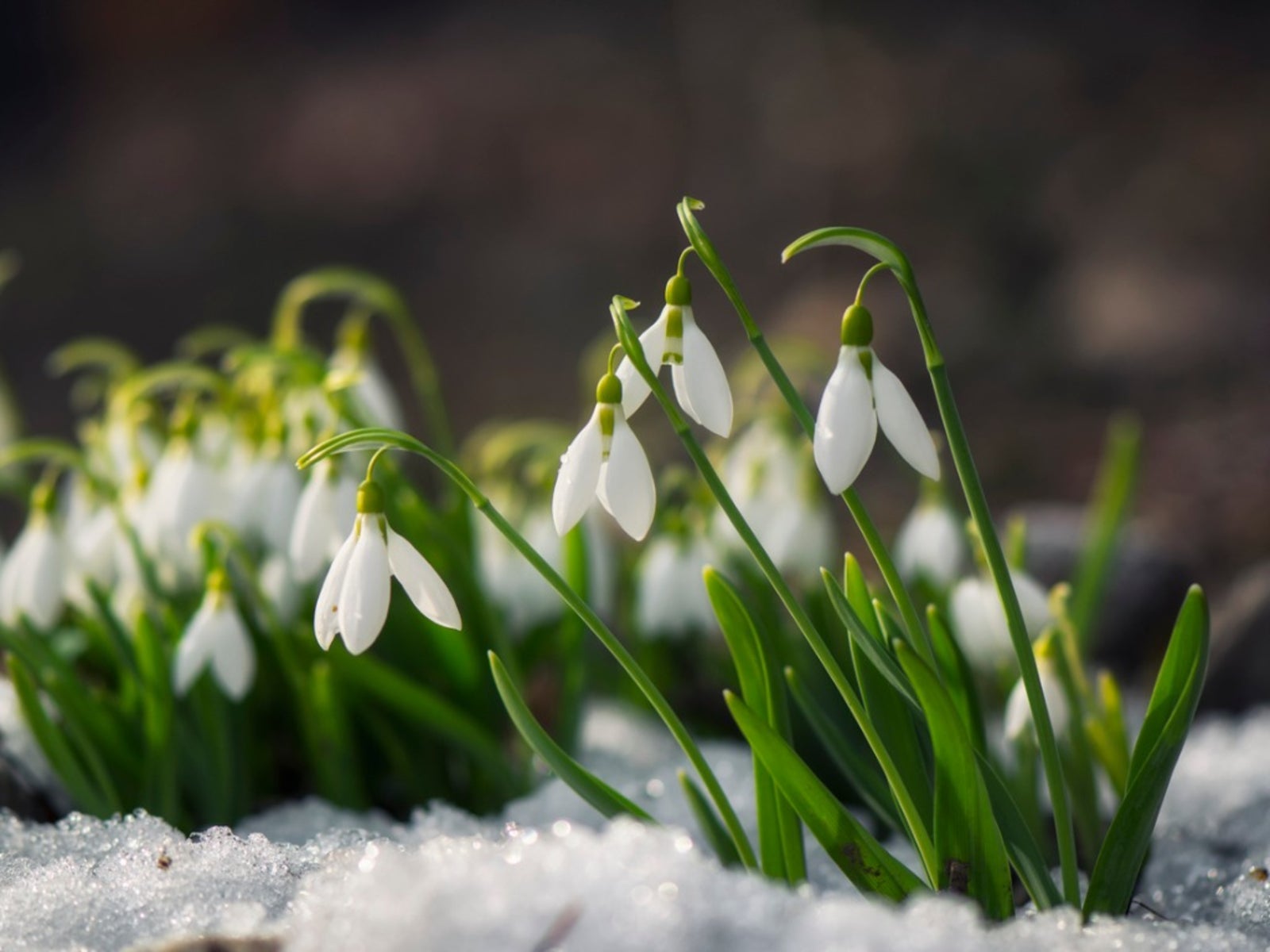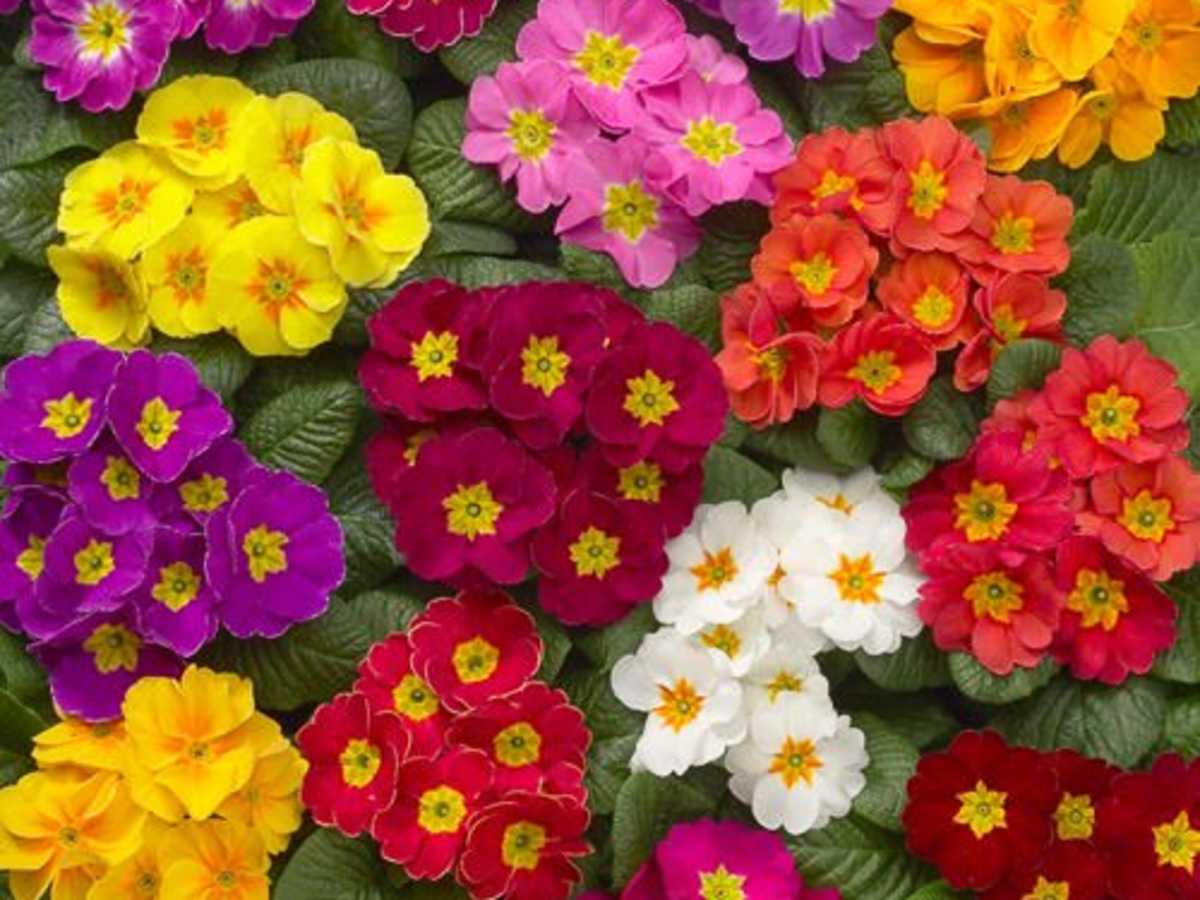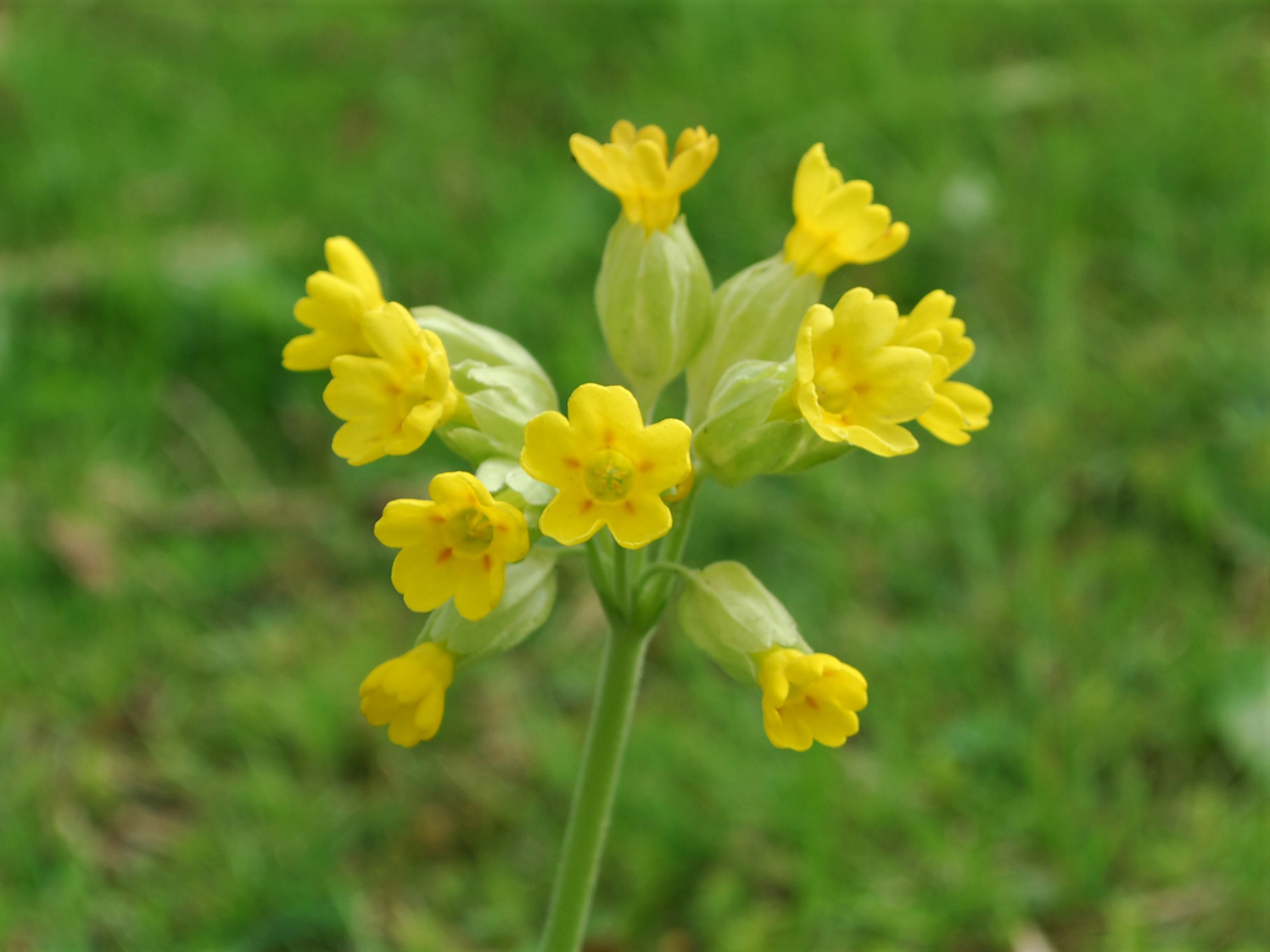The Top 5 Wildflowers in the UK
Inspired by the need to help protect our nation’s insects from habitat loss, wildflowers have been becoming more and more popular in the UK. We’re increasingly seeking out beautiful wildflower walks in the countryside, and sowing mini wildflower meadows in our gardens.
Here in the UK we’re fortunate to have a wealth of different species of wildflower growing in our woodlands and meadows, and in this post we’re going to look at the top 5 wildflowers in the UK.
The top 5 wildflowers in the UK
The top 5 wildflowers in the UK that we’re going to look at are:
- Bluebell
- Snowdrop
- Primrose
- Cowslip
- Common Poppy
Each of these beautiful wildflowers plays an important role in helping the environment, as well as making our green spaces and woodlands even more beautiful.
Firstly, they all provide precious nectar for insects, many of which have been classified as in danger of extinction due to habitat loss, pollution, pesticides and climate change.
It’s extremely important that we continue to promote wildflower seeding and act to reverse this decline for several reasons. These include the insect’s role in fruit pollination, and the fact that they are an important food source for birds and other predators.
Increasing the number of wildflowered areas across the country is a fantastic way to help reverse the trend of declining insect numbers, as wildflowers offer the insects nectar, habitat, and breeding areas.
And while this need to protect the nation’s insects has precipitated the recent trend for wildflower cultivation, there’s also the less published environmental benefit of off-setting carbon emissions.
Wildflower meadows can actually store more carbon than woodland. Businesses participating in carbon offsetting initiatives are beginning to recognise this, and are playing an important role in enhancing current wildflower meadows and sowing new ones.
We can all help to play a part in promoting wildflower growth. Why not take a wildflower walk and try to spot these top 5 wildflowers in the UK? Or even create your own wildflower meadow area in your garden.
Start off with a couple of these top 5 UK wildflowers, then get creative with some rare wildflowers too!
Bluebell

Frequently associated with ancient woodlands, the bluebell is one of the most enchanting and iconic of UK wildflowers.
One of the nation’s favourite flowers, their vibrant blue blooms fill the air with their beautiful scent and provide the stunning carpet of blue seen on awe-inspiring UK bluebell walks.
The UK is home to around 70% of the world’s bluebell population, however our native bluebell is under threat as it is becoming hybridised with the Spanish Bluebell – an odourless flower with less vibrant colours.
The main bluebell season lasts for around two weeks in early summer, and the blooms sweep from the south of the country to the north as the weather becomes warmer.
This two week window, generally between mid April and early May, is the perfect opportunity to go on a beautiful bluebell walk – a quick search on google will help you to find one close by.
If you’re fortunate enough to get this opportunity, be sure to stick to designated pathways to avoid trampling the bluebells, as they can take some considerable time to recover from such damage.
Snowdrop

Snowdrop walks are following in the footsteps of bluebells, and becoming more and more popular in the UK.
With their delicate appearance yet hardy nature, it’s easy to see why snowdrops are one of the top 5 wildflowers in the UK.
Snowdrop blooms often mark the beginning of the end of winter, and are seen as a sign of brighter days ahead. While they can appear any time between late December and early March, they are believed to be blooming earlier and earlier due to milder winters and are often most frequently spotted in woodland in January.
Their early appearance makes them a useful food source for insects at this time of year, when food in general is scarce.
Snowdrops can be found across central and southern Europe, often creating blanket coverage in woodlands, parks and gardens. Despite their frequent appearance though, specialist snowdrop collectors have been known to pay over £1000 for a single bulb of a rare variety of snowdrop!
Snowdrops are a popular choice for planting in the garden, since they blossom before other flowers and help to add a pretty touch to otherwise barren flowerbeds. They are best planted in the spring and should then flourish in the new year.
Primrose

Primroses can appear in woodland soon after snowdrops, and have even been known to flower as early as mid-December during very mild winters. Most of the time though, they will blossom between February and May.
Primroses provide a cheerful burst of sunny yellow and are seen as one of the first signs of spring. They help to increase the butterfly population as they provide a good source of nectar for them, and are also a food source for some caterpillars.
You can spot primroses not only in woodland and hedgerows, but also on sea and mountain cliffs.
Cowslip

Cowslip is a ‘cousin’ of the primrose, but while it also flowers in early spring, it is less common.
The pretty yellow flowers are becoming less prolific in wildflower meadows, but are frequently found on roadsides and in nature reserves.
Cowslip is great for attracting bees, moths and butterflies, and provides a useful early food source for them. It is also said to be used by fairies to hide their treasures!
Common Poppy
The common poppy was once considered a weed, but now firmly holds its place in the top 5 wildflowers in the UK.
The poppy’s bright red blooms provide a beautiful splash of colour in wildflower meadows and gardens alike. They can also be found growing beside roads, in grasslands, and even waste ground.
The common poppy flowers during the summer, from around June to August. Unfortunately the poppy is yet another species of wildflower that has been in decline in recent years, so is a great choice to include in a home wildflower garden.
Symbolically of course, poppies are used to commemorate those who have lost their lives in conflicts around the world and those who have been killed as a result of terrorism. They have been used as a symbol of remembrance since the end of World War 1, as they grew in large numbers on the battlefields after the war ended.
If you’re creating your own mini wildflower meadow in your garden, be sure to include poppies for a splash of summery colour. They’re also great for encouraging bees into your garden.
So, now that you know all about the top 5 wildflowers in the UK, why not try including them in your own wildflower garden? Creating one is not only a great way to help the environment and a beautiful addition to your garden, but is also a cheap, easy and fun activity for kids to get involved in! You can get some tips for creating your own wildflower garden here.
And if you’re out and about on a wildflower walk, be sure to look out for some rare wildflowers, as well as our top 5 blossoms. Three start off with are the Ghost Orchid, Spreading Bellflower, and the May lily. Happy hunting